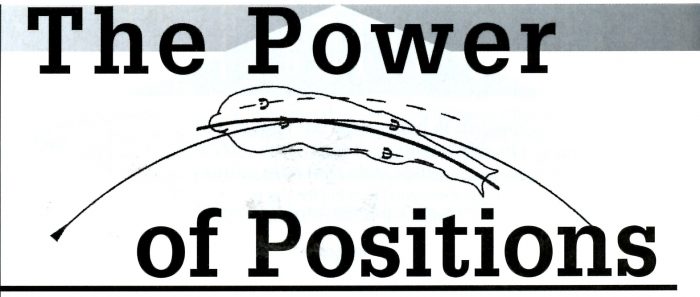
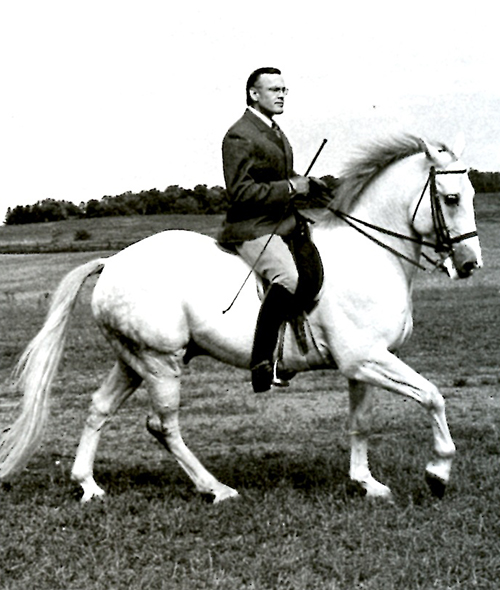
Erik Herbermann
A Two Part Special designed to bridge the gap between the Introductory work of the young horse – and the beginning of the more Advanced Work With one of the world’s great defenders of the classical principles
Part 1
The main purpose of this article is aimed specifically at presenting a detailed study of the various gymnastic riding positions that can be used during training. It describes their purpose, their influence on the horse, how and why they work, and the sequence in which they should be used to achieve best results. When used in the manner described, these positions will be found to be of great help in fortifying a rather common weak area found in the training of so many horses that lies somewhere between the early introductory work of the young horse and the point at which the more advanced training can proceed. Needless to say, we should try to avoid such ‘gaps’, which cause the work to have traumatic, awkward, and unjustifiable leaps to higher levels.
Training needs to develop smoothly and seamlessly, and it can if we strictly adhere to the principle of letting the horse’s actual ability and level of progress dictate the speed at which we proceed. The approach described below may be a little slower, but it is a solid and sure way, certainly easier on the nerves of both horse and rider, and is ultimately more rewarding, because in this way our young horses can be brought along in a sound, logical, and, above all, enjoyable way, so that they can grow predictably and gradually up through the levels, thus avoiding the physical or mental stress and potential damage that can so readily occur through ill-structured training.
…do we want to gloss over these most important first two stages and build our house of training on sand, and then later on try to hang beautiful stained-glass windows (the High School movements) on the facades of buildings which are no more substantial than a movie set mock-up?
When used appropriately, one of the greatest benefits gained from the appropriate use of these positions is that they help the rider to gain systematic and unforced access to the bending of the horse’s hindquarters: ie, the supple, deep flexing of the three major joints, the hip, stifle, and hock. As we know, bending the haunches is the core of sound training, being virtually indispensable both to achieving true impulsion and for transferring weight to the hindquarters, which in turn is the very lifeblood of correct collection.
We will be starting the work described below under the premise that the young horse has already been kindly started (at four years of age), that it has been properly lunged for six to eight weeks (4- 5 days a week, 20-30 minutes per day), and that it is now under saddle, content to be guided around the arena on large school figures at the walk and trot.
It is important to realise that the work described below is entirely in accord with (and encompasses) the six commonly-known aspects of training (rhythm, relaxation, contact, straightness, impulsion, collection) and is a safe, practical, and systematic medium through which these can be successfully achieved. And finally, before we head into the actual description of the positions, it is essential to interject some further important, general information which applies to all of the stages.
During all work we need to change the rein quite frequently, about every 3-4 rounds of the school. Do not work the horse more on its difficult or weaker side! And, generally, the normal infusion of variety in the work is important. One can always freshen up the work with a little canter, but only if the young horse doesn’t become tense, unsteady, or fussy because of it.

It is wonderful to use the ‘forward and down’ stretching exercise as part of the daily work. We also must keep in mind a suitable balance between work and rest periods during any ride, and we need to schedule adequate days off work and days spent hacking outdoors. Physically tired or mentally soured horses don’ t learn much, other than ways of evading work.
Also, any time we run into difficulty while going through any of the next higher phases, we should simply spend a little more time in the previous stage until the horse is more solid in the work.
When in trouble, do less!
more on training correctly and classically follows
Despite the fact that no two horses, riders, or circumstances are alike, it is recommended that the stages of this guideline be followed in the order they are given. The only variations in the work from horse to horse would lie not so much in rearranging or skipping stages, but rather, depending on the horse’s talents or its difficulties, one would spend more or less time at any given stage before proceeding to the next one. Let’s begin.
Stage 1 Straight Riding: The swinging-leg phase
- ride forward.
- use mainly rising trot.
- no bend… anywhere!
- line up outside legs.
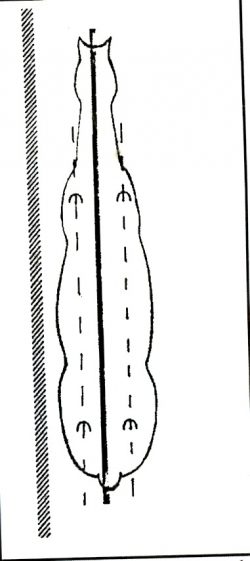
Main Goal: To stabilise the young horse through forwardness and straightness. This is the first step in establishing control and stability in the hindquarters relative to the forehand through mechanical straightening whereby the horse’s energy can be deliberately controlled and directed.
Through the use of a steady, rhythmic, forward gait, the horse learns to reach for the bit and begins to accept both reins evenly. Most horses, like humans, are one-sided. This can be either simply because of a natural preference of one side over the other, or because one hind leg might be stronger than the other. This causes the horse to want to evade the loading of the weaker leg by going crooked (generally evading with that leg to the outside of the line of travel). As a result of this the horse also overloads the diagonally opposite shoulder/rein.
Crookedness is not disobedience. It is a natural avenue for saving the weaker side. The rider can and should help the horse correct this lateral imbalance through straightening.
more on how to train correctly follows
Detailed Description
In this first ‘swinging-leg’ phase we must keep the horse’s entire spine absolutely straight, no bend anywhere. We must ride the horse forward, going full school, preferably at rising trot, and line up the horse’s outside legs, those closest to the wall. On the right hand in the school, align the left shoulder (front leg) with the left hind leg. Keep the neck straight! absolutely straight, especially at its base, and accept quietly, patiently, and steadily any uneven weight the horse might put in the reins. Do not half-halt, fiddle, or ‘muck’ with the heavier rein, and especially don’t try to bend the horse towards the stiff or heavy side. Why?
There are several reasons for this:
l) it does not address the cause of the one-sided heaviness (weak hind leg);
2) attempts at active correction without addressing the cause only putting the horse’s mental and physical powers actively against us, which is much worse than a bit of passive leaning on one rein; and
3) half-halts can only be properly understood by the horse once it has learned to reach for the bit and come ‘on the aids’ from behind.
The only viable, long term solution is to:
1) keep the neck straight,
2) accept the heavier rein passively and quietly,
3) send the horse forward,
4) align the horse’s outside legs with a diagonal aiding influence, producing a mechanical straightness. (A truly resolved dynamic straightness, which encompasses the even, balanced loading of the horse’s legs throughout all school figures and exercises, is approached only over years of patient work.)
If necessary, to achieve this straightness, we may put whichever of our legs back as much as needed on the evading side. Example: riding on the right hand in the school, if the horse’s croup swings in to the right, and the shoulder presses left, out towards the wall: here we must put our right leg back, more or less, and keep the diagonally opposite (left) rein steady, quiet, and passive (placing it on the neck if necessary), in order to maintain the straightness of the base of the neck, as it (the left rein, supported by the rider’s left leg) aligns the horse’s left shoulder with its left hind leg.
Do not try to achieve straightness by pushing the hindquarters over to line up in behind the shoulders; that only produces fishtailing and looseness in the horse’s way of going. Instead, think of the diagonal influence (leg active if necessary; rein usually passive) to realign the shoulders in front of the hindquarter.
Furthermore, we should always strive to correct such crookedness in forwardness, and not in a lateral, two-track manner. The overall success of this phase comes only by forward riding, mainly at a good working trot, rising. But don’t rush the horse! Try to keep a even rhythm, and a pace, just a little stronger (more ground covering) than it might want to offer on its own.
At first it may take from 30 to 45 minutes before the horse begins to use its weaker leg sufficiently to cause it to lighten up on the heavier rein. But as the horse grows stronger in the hindquarters and gets used to engaging its weaker hind leg through its forward-and-under reaching (swinging), it will day by day come to this evenness in the contact a little sooner. Basically, this phase operates this way: as the horse begins to carry its shoulders with its hind legs, and the reins become lighter and more even because of this. Further, the horse will also simultaneously begin to yield at the poll (never to be forced by the hand!) and to chew on the bit. It is the first rudimentary step of coming ‘on the aids’.
Only time and patience bring home the real product. If the horse becomes steady at remaining straight and loads its hind legs more evenly, made evident by the nice even acceptance of both reins most of the time, we can then proceed to the next phase.
It can take anywhere from a few days to a month or more to achieve this. With the use of this ‘straight’ work, as with all things, the happy medium is always best. Where a young horse, especially the wobbly ones, would initially gain from doing this work, if it were done too long the youngster could possibly become ungainly or stiff. Again, so much depends on the experience and talents of the rider, and the degree of difficulty presented by the conformation and temperament of any given horse.
Stage 11 Bend – While Straight: Lining up the outside legs.
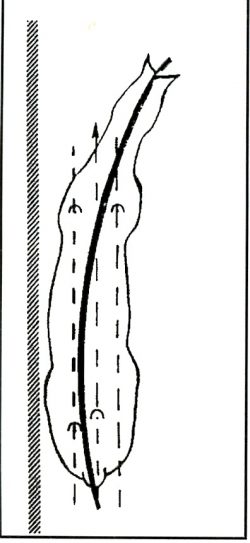
* this is single-track shoulder-fore, or a ‘microscopic shoulder-in’. This is not two-track work.
* bend must be introduced mainly in the body.
*continue to align the outside legs while bending. continue to use straight lines as much as possible. Once familiarity and stability are established, then we can ride circles in this position as well.
* when used on straight lines this could be considered the beginning of the first phase of bending: bend and move away from the bend. When used on circles it becomes the second phase of bending: bend and move towards the bend
* once consistency is established, the ‘counter’ exercise may also be used:
Goal: To teach the horse to bend in its body while maintaining the straightness and an even acceptance of both reins. It is the first avenue to teaching the horse to understand and to accept the outside leg and rein.
Note: This position can be safely used for the bulk of the work until the horse is adequately prepared by it for the next stage.
Note: It is the subtlety of these positions that is the key to their success; more (angle) is not better! Also, it is important to stress, this is not two-track work! To clarify, any work is considered single track work as long as both hind legs track anywhere within the paths described by the two front legs.
Application: By the appropriate placing of the rider’s legs (inside leg close to the girth, outside leg back 4-5 inches) we invite the horse to begin to bend mainly in its body. Take care to bend the neck only extremely slightly. Especially do not bend the neck at its base. It cannot be sufficiently strongly recommended that the horse be well established in straightness (Stage I) before commencing with this phase.
The reader will perhaps already have foreseen the potential danger that can occur while the rider shifts his/her legs to get a bend in the body… that the horse could very easily become crooked again instead of bending while continuing to track straight as it should. Patient time spent in these first stages will pay off in large dividends later on, because here the rider learns to control the straightness (position of shoulders relative to hindquarters) and therefore the energy of the horse and ideally doing so without the horse ever finding out how to use crookedness as an evasion.
It is critical that we initiate the bend while continuing to keep the horse’s outside legs aligned. This is the steady base, the all-important constant, on which we must build all of our future training and by which we can judge the speed at which we should progress in these early phases. Here and now, this is the time in which we need to make up our minds about which kind of riding we wish to follow and propagate.
If we sincerely wish to produce truly fine horsemanship, then we need to commit ourselves to live what we have come to know and not just theorise about it. Do we want to gloss over these most important first two stages and build our house of training on sand, and then later on try to hang beautiful stained-glass windows (the High School movements) on the facades of buildings which are no more substantial than a movie set mockup?
Or do we want to take the time and care to pay attention to the smallest details right from the start and construct a foundation of solid rock, upon which we can erect a beautiful, inspiring building? Indeed, the choice is ours. Let’s continue with the work at hand. Among the great benefits of the ‘bend while straight’ work is that if we can, firstly, manage to keep the outside legs lined up and secondly, keep the horse stepping evenly into both reins while bending it, then, just because of this bend in its body, the horse will automatically begin to travel with its inside hind leg closer to the outside hind leg. The inside hind leg will therefore also automatically track between both front legs. As we know, good balance can only be fostered when the hind legs begin to travel closely together. This wonderful exercise helps us begin to fulfill that requirement.
Note: This is not achieved through any ‘sideways,’ two-track aiding! It is single track work.
Single-Track Counter Shoulder-Fore
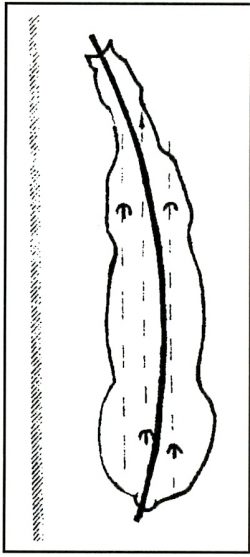
*Once the above work has progressed to the point where the horse allows itself to be bent while maintaining all the necessary criteria mentioned earlier, then we can introduce the single-track ‘counter shoulder-fore’ Take care that the horse doesn’t evade by swinging its croup to the inside of the school.
Also, the counter exercise should only be done on the long sides of the school, and not on the short sides, through the corners, or on circles at this stage of the training. Remember to switch the diagonal of the rising trot during such ‘counter’ exercises. Only if the horse can go easily in the single-track shoulder-fore and its counter exercise while 1) staying aligned in its outside legs (relative to the direction in which the horse is bent) and 2) continuing to step kindly, willingly, and evenly into both reins, on simple school figures (full school, across the diagonals, and large circles) without tending to crookedness and becoming heavier on either rein, then we can safely begin with Stage Ill, and line up the horse’s inside legs.
A word of caution:
There are potentially considerable dangers in starting with this next phase too early, because the horse’s ‘stream of energy’ can only be easily and correctly contained once the horse has correctly learned to understand and accept the outside rein and leg (through adequate preparation in the first two stages) and has learned to ‘carry’ its shoulders evenly on both hind legs (correct lateral and longitudinal balance). If we were to line up the inside legs prematurely, before this understanding and acceptance of the outside aids is reasonable well established, the horse’s outside shoulder would all too easily fall out. The rider would have no recourse (other than using inappropriate forcefulness with the outside rein/leg) of preventing this. The horse would consequently load that loose outside shoulder more heavily and bore on that outside rein yet more, thus affording the rider either very poor or no control at all over the energy, balance, and straightness.

Erik F Herbermann was born in Amsterdam in 1945. His family moved to South Africa, and then to Canada. Herbermann’s first instructor was Patricia Salt, a pupil of Richard Wätjen and Oberereiter Lindenbauer of the Spanish Riding School. Hebermann then trained with Egon von Neindorff.
Herbermann spent many years in the United States, and teaching and conducting clinics internationally.
Erik F. Herbermann is the author of the book Dressage Formula, published by J.A. Alien & Company, London in 1980 and reissued in 1989. He is respected all over the world for his defense of the Classical Training principles
This article appeared in January 1996 edition of The Horse Magazine
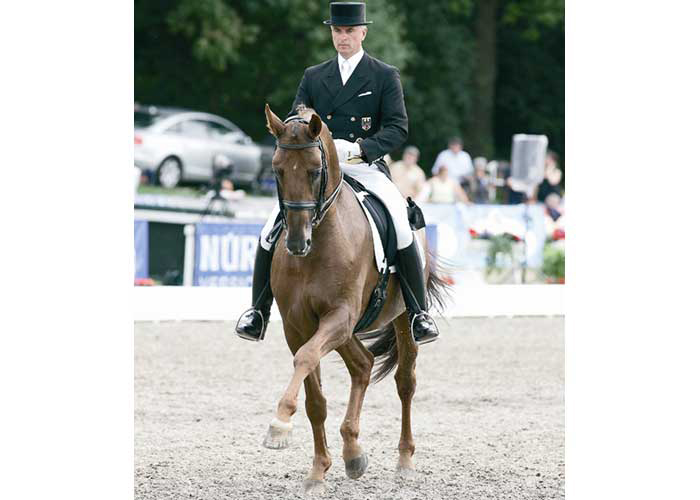
Breitling the Grand Prix maker – available in Australia from International Horse Breeders – www.ihb.com.au

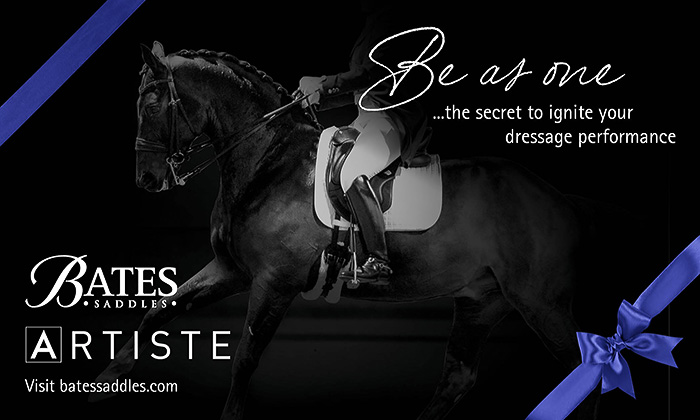
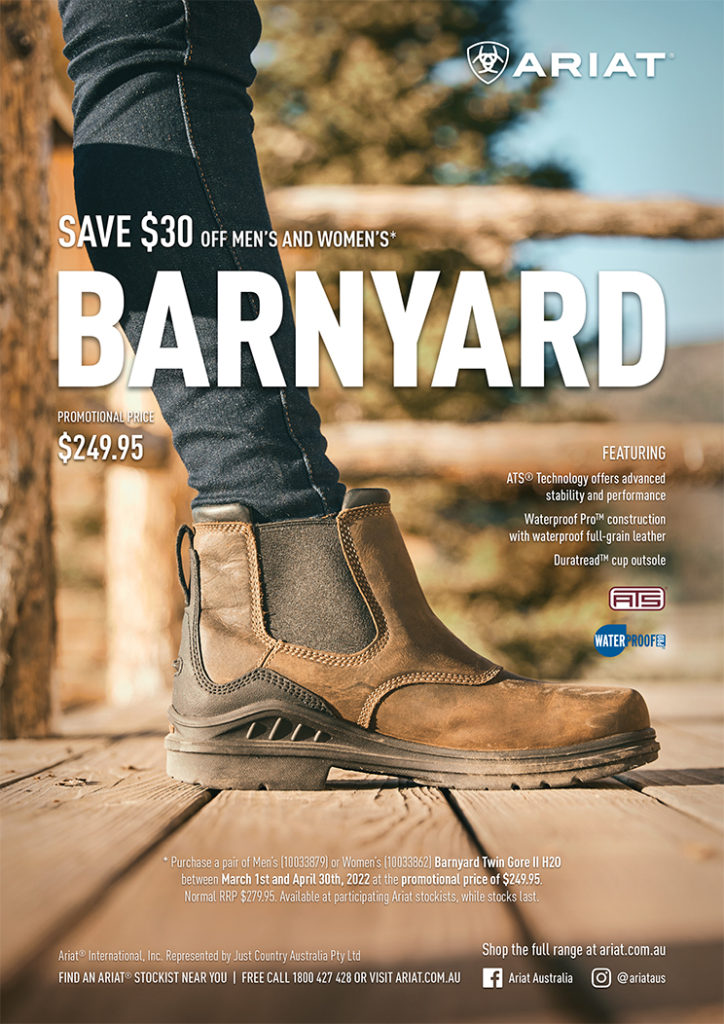
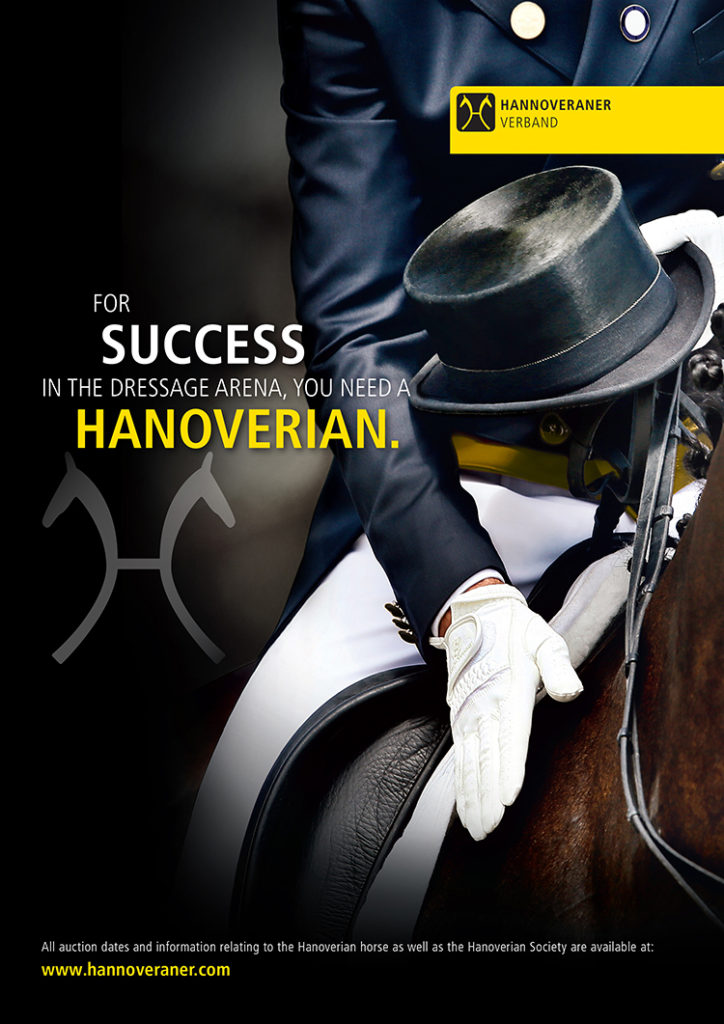
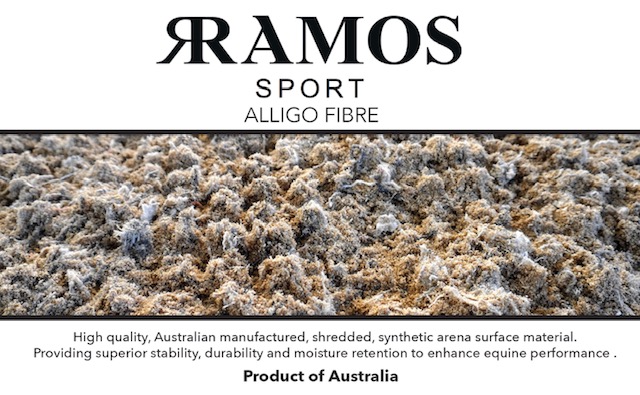
While i very much like the words, I have difficulty reconciling the picture of the grey horse! I would like it to have a longer neck & less closed gullet, more muscle behind the saddle [especially to cope with a heavier rider], & more muscle behind the croup. For me, it is not a harmonious picture……
Great sympathetic and steady training instruction from a Master ! I have owned ,and lent his book for thirty years ,and always make sure I get it back. So good to refresh all that Erik Herbermann can teach us. Thanks Chris.